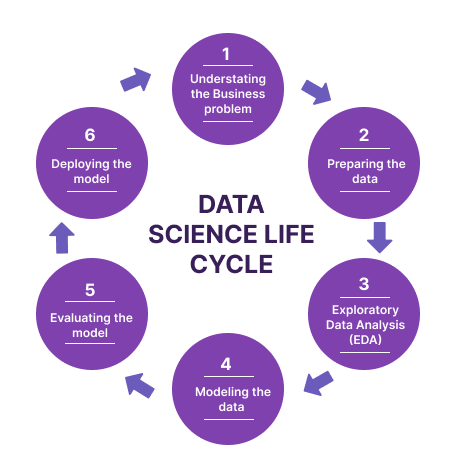Why Planning is Crucial
Data science projects require a solid roadmap to ensure success. Without a clear plan, teams often face challenges such as data mismanagement, unclear goals, or ineffective results. By systematically planning each step, you can maximize the impact of your project and ensure it meets business objectives.
Step 1: Understand Your Data
The cornerstone of any data science project is understanding the data. Ask yourself: What does the data represent? Is it clean and complete? Perform exploratory data analysis (EDA) to uncover patterns, outliers, and distributions. Remember, high-quality data often leads to high-quality insights.
Step 2: Define Clear Objectives
What are you trying to achieve? Whether it's improving customer retention or predicting sales trends, your objectives must align with organizational goals. Define these objectives early and ensure they're measurable, achievable, and time-bound.
Step 3: Choose the Right Tools and Models
Selecting the right tools and algorithms can make or break your project. From Python libraries like pandas and scikit-learn to cloud-based platforms, your choices should depend on the project's complexity, budget, and goals. Always evaluate models iteratively to identify the best-performing one.
Step 4: Evaluate and Iterate
No project is perfect on the first try. Once you've deployed a model, continuously monitor its performance and gather feedback. Use this feedback loop to refine your model and adapt to changes in the data or business environment.
